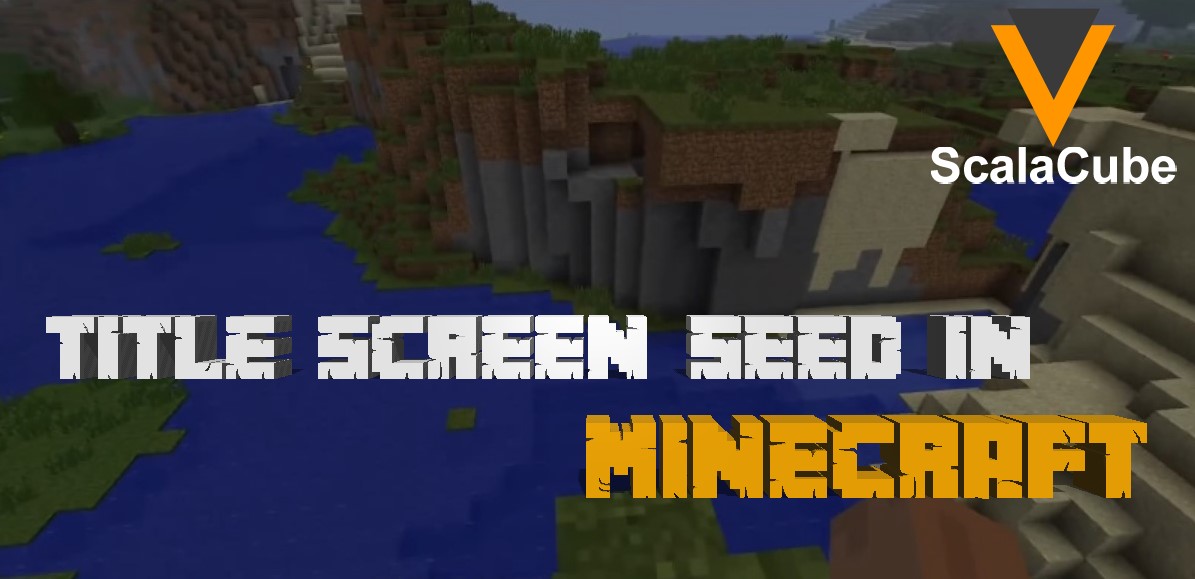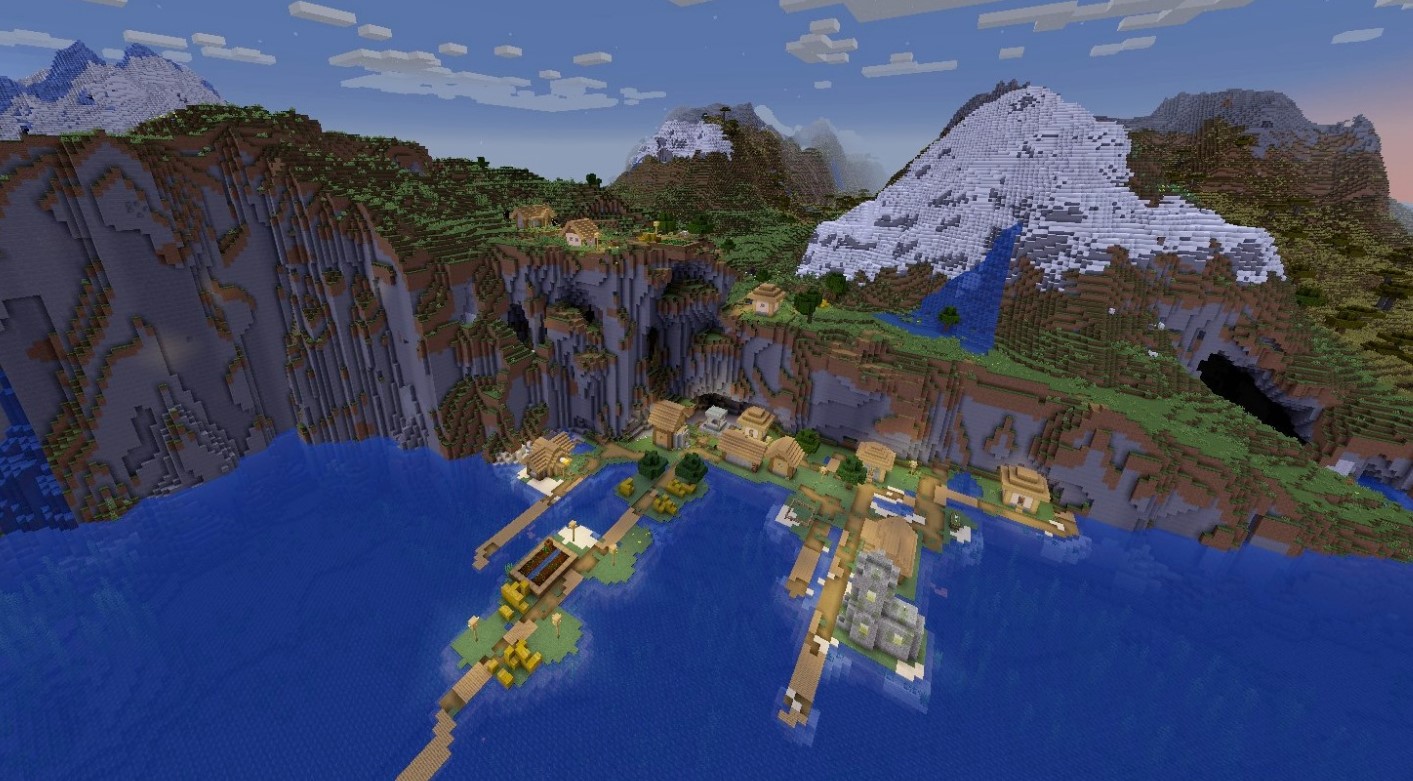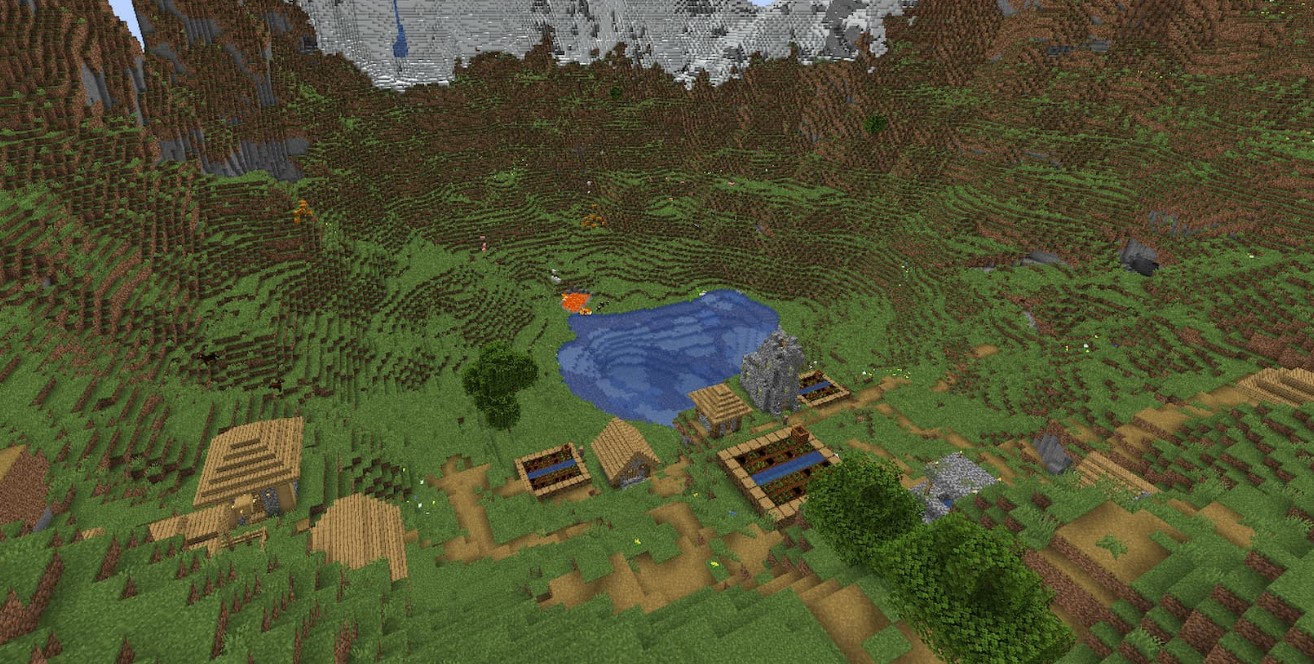The Creator of Minecraft
Make Your Own Minecraft Server For Free
Your own Minecraft server is only 5 minutes away! We support simple one click install for over 1000 unique modpacks.
Free Minecraft Server Hosting

In the gaming realm, Minecraft stands as a true titan, captivating players worldwide for over a decade. Its pixelated landscapes hold a game that stands hands and shoulders above all, as an altar in the gaming sphere and these are its unique features: enduring popularity, a revolutionary gaming concept, a unique bond of gamers with developers, as well as a pool of players for several generations.
That Minecraft has continued to be this popular, after all the time elapsed, proves its evergreen flavor. No longer bound by a traditional death bed of originality which games are cursed with and it may inspire people who have built lives around good and sensible things. Hoards of people over the world have found inspiration in the blocks.
Innovative in gaming concept is what everyone can say about the magic behind Minecraft. Unlike other goal-oriented games, but this game is an open-ended one that will spawns up creativity on another level. It's like a blank canvas where virtual worlds are built by players to give them their own tastes and flavors.
Another great major aspect which has contributed towards the success of Minecraft is the strong link between gamers and developers. The community of the game interacts with its creators, comments on it and takes part in making the game. And this loop of feedback made the developers be in an active phase of constant updating on the game and new expansions.
The intergenerational player base of Minecraft is arguably the most impressive. It's not often that a game can appeal to players of all ages, but Minecraft does just that—it can inspire youngsters to learn the fundamentals of creation and adults to escape into an endless virtual world. The game's cultural relevance gains a new dimension due to its intergenerational connectedness.
Before we explore the influence of Minecraft and its incredible journey, let's talk about some often asked questions that help explain the game's ongoing appeal.
The beginning of Minecraft

Stockholm, Sweden is the birthplace of Minecraft. In the early 2000s, Markus Persson, often known as "Notch," lived here and worked on creating the virtual world of Minecraft almost entirely by himself. Persson showed early ability for game creation and programming. He developed the "Cave Game" in 2009 while he was employed by King.com.
Cave Game is a combination of his childhood love of Lego and the imaginative free-form gaming that came from it. After the game is swiftly renamed Minecraft, Persson makes a major move: he makes the raw version of the game available to players for testing and providing feedback to the creators in exchange for a nominal charge.
A somewhat unusual strategy at the time, but one that turned out to be important in the end. The game was substantially enhanced by the user's capacity to provide suggestions, ideas, and requests to the development team, which subsequently included the product, Minecraft. However, because new features were added on a regular basis, there was a risk that the game might never be finished. Mojang Studios, where the Minecraft project is currently housed, was founded by Persson and his development team in response to the ever-expanding project.
Minecraft's gameplay

When Minecraft first came out, Persson presented a new version of the game. Building games (blocks and no blocks) were nothing new, but the combination of building and mining the materials to make them was. There used to be only building games or resource mining games.
Minecraft's inventiveness and combination opportunities were nearly endless, which piqued the interest of many gamers. Furthermore, the intimate relationship between creators and modders (or, subsequently, common gamers) resulted in a very grown and acknowledged game. Minecraft was also augmented by various modifications earlier, which not only enlarged the portfolio but also allowed interested gamers access to additional amazing gaming techniques and ideas. This gave the rise to Minecraft server hosting service providers such as ScalaCube cheap Minecraft server hosting.
Minecraft Servers

A player's or a company's multiplayer game installation for the 2009 Mojang computer game Minecraft is called a server. In this sense, a "server" is usually not a single workstation but rather a network of connected servers.
Gamers can establish their own server on a PC using Mojang's software, or they can use a hosting service to have their server operate on dedicated computers with assured uptime. Hypixel is the biggest and most influential server. However, server hosting providers such as ScalaCube Minecraft server hosting has taken the game by storm.
Server administrators have access to server commands such as changing the time of day, teleporting people, and changing the world spawn location on Minecraft multiplayer servers. The server owner (or anyone with authority to the live server files) may also build up and install plugins to modify the dynamics of the server, add commands, and impose limitations on which usernames or IP addresses are permitted or denied access to the server.
Multiplayer servers provide a range of different activities, with some servers featuring their own set of premises, rules, and traditions. Player against player (PvP) combat can be set to allow players to battle one other. Many servers feature modified plugins that enable actions that would otherwise be impossible in the vanilla version of the game.
From the time of release

Updates, bug fixes, and general quality all experienced major increases in Minecraft after Persson left his job in 2010 to focus on the game professionally. 2010 saw the official beta development of Minecraft, at which point the game was prepared for release.
After its official release in 2011, millions of copies of Minecraft were sold all over the world. A new world was unveiled, new servers were set up, and the gameplay process was improved. The vastness of Minecraft kingdoms earned them the moniker "endless."
The concepts Nether and End were added. Even as the Nether is more of a hellish underworld, the End is much more of a sky-like universe. The End "boss" battle with the Ender Dragon is regarded as the game's official end, albeit only in principle. The credits are shown, but you may carry on playing freely after that.
Minecraft has no end because there are no limits to creation and imagination, and there are no time limits either. Since there are also no missions or a campaign, or main story, you can play Minecraft until your eyes go square. It’s that versatile!
The breakthrough

Despite Persson's reservations about the game's success, it took off. The revelation of nearly unlimited landscapes, creatures, and the ability to build whatever you wanted fueled this. The multiplayer functionality (such as the one provided by ScalaCube game server), was particularly important since Minecraft was one of the few games that enabled collaborative creation and experience outside of shooter games. Furthermore, bigger structures, including towns and cities, are better developed together than separately!
It didn't take much to promote Minecraft. In addition to Persson's blogs and news updates, a community sprung up around the game, which benefited from one another's support and raised the game's profile.
Even though the game included hunger choices, creative mode, and weather at the end of 2010, it wasn't until 2011 that it became a big hit. At that point, tablets and smartphones would be able to play Minecraft (Minecraft Pocket).
Following Jens Bergensten's transfer of creative leadership, Persson announced his retirement at the end of 2011. The next year saw the Xbox version of Minecraft released for the first time.
After Twitch was integrated in 2013, a new launcher screen was created to make updating to the most recent versions simple. Minecraft had also been made Playstation 3 friendly and launched. Finally, in 2014, Persson sold Mojang Studios (and hence Minecraft) to the Microsoft group, ushering in a new era for the renowned brick game.
Microsoft and the future of Minecraft
Microsoft purchased Mojang Studios, the creator of Minecraft, in September 2014. The Minecraft community, who were worried about the game's commercialization and commoditization, harshly criticised the move. After selling Microsoft his shares of Minecraft, Persson quit.Microsoft released Minecraft for various platforms without any delay. For the PlayStation 4 and Xbox One, in September 2014; for Apple TV, in 2016; and, lastly, for the Nintendo Switch and Nintendo 3DS, in 2017.
Minecraft Education, an instructional classroom version of Minecraft, was also produced and launched in 2016.
Regular updates and modifications, as well as a consistent fan base and a committed community, confirm that this approach was correct. The enthusiasm around the brick game continues to this very day: from books to Lego sets, plush creatures to undergarments, there are many fan articles and goods. The game's popularity and pleasure by many millions of users stay consistent, cementing Minecraft's place as being one of the greatest games ever made.
FAQ
Why has Minecraft maintained its popularity for over a decade?
Timeless Minecraft's appeal, open-ended creativity and continuous updates make it a favourite generation after the other.
How does Minecraft foster a strong link between gamers and developers?
The continuous participation from the Minecraft community to create ideas and new improvement ideas creates a perfect 'symbiotic' environment that ensures that there is always something new from Minecraft to embrace and grow with it.
What sets Minecraft's gaming concept apart from traditional games?
The innovative idea of Minecraft revolves around unlimited creativity whereby the players shape their virtual worlds, building an armored and immersive gaming experience customized to the satisfaction of each player.
Why is Minecraft considered a game for all ages?
Minecraft runs a wide range, cutting across generations having that children or adults can now create on a digital space, representing a multi-generational pool of players.
Make Your Own Minecraft Server For Free
Your own Minecraft server is only 5 minutes away! We support simple one click install for over 1000 unique modpacks.
Start Your Server For Free!
Copyright 2019-2025 © ScalaCube - All Rights Reserved.